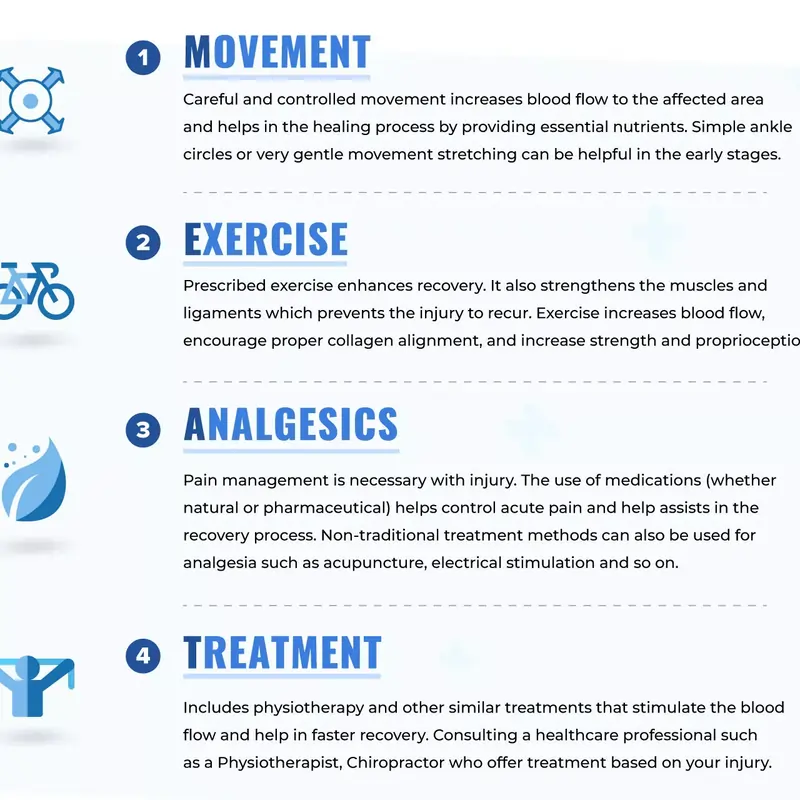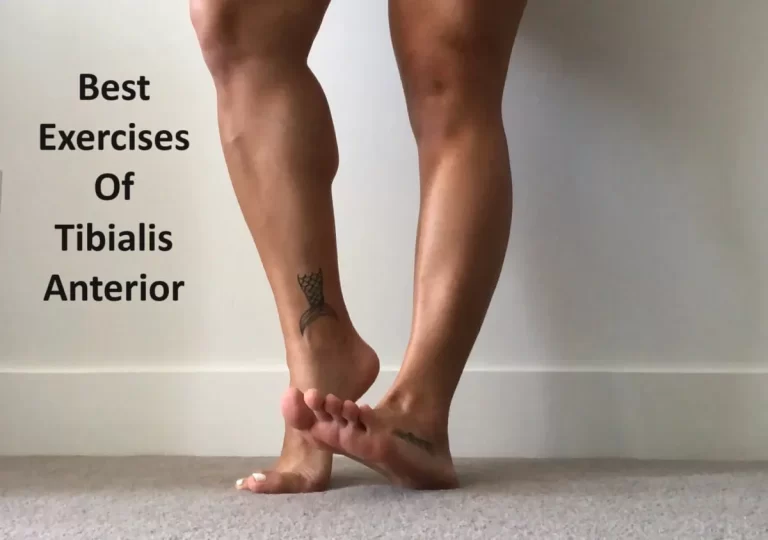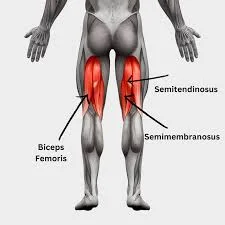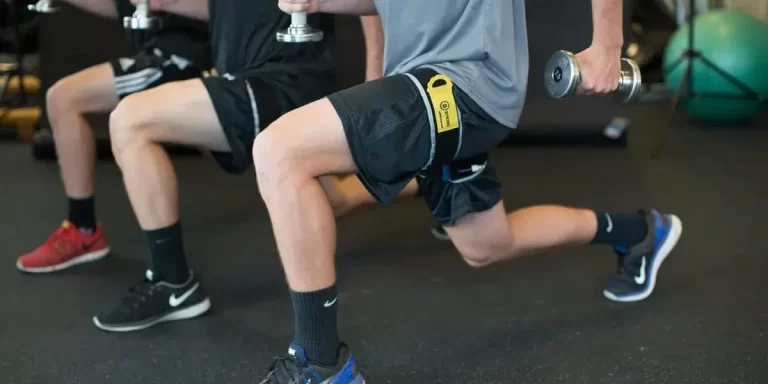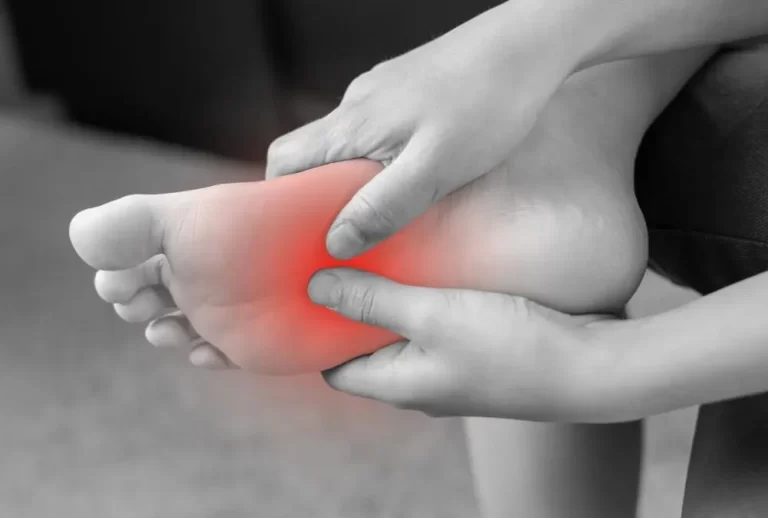M.E.A.T. Protocol
Introduction
In athletes and other active people, the M.E.A.T. regimen seeks to maximize healing, restore function, and lower the chance of re-injury. The M.E.A.T. protocol, which stands for Movement, Exercise, Analgesics, and Treatment, is a modern method of treating sports injuries. It is an all-encompassing approach that combines a combination of targeted motions, suitable exercises, pain management, and tailored therapies to promote healing and restore function.
By intertwining targeted movements, appropriate exercises, pain management strategies, and personalized therapies, the M.E.A.T. Protocol aims not only to facilitate healing but also to restore functionality and mitigate the risk of re-injury.
In the dynamic world of athletes and active individuals, this protocol emerges as a pivotal tool, guiding the path toward optimal recovery and enhanced performance.
Principles
- Movement: Movement in the context of the M.E.A.T. protocol refers to deliberate, targeted movements of the wounded body part. Movement is vital because it keeps muscles from atrophying, maintains joint range of motion, and enhances blood flow. Moreover, it promotes the synthesis of synovial fluid, which lubricates joints and promotes healing. In the early phases of injury rehabilitation, controlled movement is especially crucial to avoid stiffness and encourage tissue healing.
- Exercise: A key component of the M.E.A.T. regimen is exercise, which consists of specific activities meant to strengthen the affected area and enhance general function. Exercise helps to increase joint stability, proprioception (the body’s sense of its position in space), and muscle strength and endurance. Additionally, it facilitates tissue repair by boosting blood flow to the wounded area. The kind and extent of the injury, as well as the particular requirements and objectives of the patient, will all influence the kind and level of exercise that is recommended.
- Analgesics: The M.E.A.T. protocol uses analgesics, or painkillers, to treat pain and discomfort brought on by injury. Pain management is crucial because it makes it possible for the patient to move and exercise without suffering, which might improve program adherence. In addition to prescription treatments for more severe pain, over-the-counter analgesics can include acetaminophen and nonsteroidal anti-inflammatory drugs (NSAIDs).
- Treatment: In the M.E.A.T. protocol, “treatment” refers to certain therapies or interventions meant to encourage healing and lessen pain. This could involve modalities like ultrasound or electrical stimulation in addition to manual therapy approaches like massage or joint mobilization. To stabilize and protect the wounded area, braces, tapes, or other supporting devices may also be used as part of the treatment. Treating the underlying cause of the injury, lowering pain and inflammation, and accelerating tissue recovery are the objectives of care.
The M.E.A.T. protocol, taken as a whole, offers a thorough and integrated approach to injury treatment and recuperation. The program integrates movement, exercise, pain management, and therapy to maximize recovery, reestablish function, and lower the risk of re-injury. It is crucial to remember that the M.E.A.T. protocol should be customized for each person based on their unique injury, requirements, and functional level.
M.E.A.T v/s R.I.C.E
For several reasons, the M.E.A.T. approach has become more popular than the conventional RICE (Rest, Ice, Compression, Elevation) strategy.
- Active Recovery: In contrast to rest, the M.E.A.T. protocol emphasizes the value of mobility and exercise in the early phases of injury. This is predicated on the knowledge that deliberate movement can improve tissue repair, decrease edema, and increase blood flow.
- Reduced Swelling: The M.E.A.T. protocol shows that mobility can have comparable effects on swelling reduction, whereas the R.I.C.E. treatment mostly focuses on ice. Controlled movement makes it easier to pump extra fluid out of the injured area and lessens swelling.
- Promotion of Healing: Muscle strength, tissue flexibility, and joint range of motion can all be maintained and enhanced with movement and exercise. This can lessen the chance of further injury and hasten the healing process.
- Pain Management: Analgesics, or painkillers, are one tool used in the M.E.A.T. protocol to manage pain. As a result, patients may perform activities and movements with less discomfort, which improves program adherence.
When swelling and inflammation are evident in the early stages of an injury, the M.E.A.T. protocol is usually applied.
For acute ailments including sprains, strains, and tendinitis, it is extremely helpful. It can, however, also be used to lessen discomfort and enhance function in chronic illnesses.
It is noteworthy that the M.E.A.T. protocol ought to be customized based on the unique damage, requirements, and functional level of every individual. It ought to be carried out under the supervision of a licensed healthcare provider, like a sports medicine specialist or physiotherapist.
Regarding injury management, the M.E.A.T. protocol provides a more thorough and proactive approach than the conventional R.I.C.E. procedure. The focus is on movement, exercise, and pain management to accelerate recovery, enhance function, and lower the risk of re-injury.
Practical Implications
Guidelines for Activity:
- Start Slow: As their condition improves, start with low-impact exercises and progressively increase the duration and intensity.
- Listen to Your Body: During an exercise, be aware of any pain or discomfort and make necessary adjustments. It’s crucial to exert pressure on the sufferer, but not to the point of reinjury.
Rest and Recovery:
- Allow for Adequate Rest: To avoid overtraining and weariness, give your body time to rest and recuperate in between workouts.
- Quality Sleep: To promote healing and general health, aim for 7-9 hours of good sleep per night.
- Nutrition: To promote muscle repair and recovery, have a balanced diet that includes enough protein, carbs, and healthy fats.
Importance of movements
- Van den Bekerom et al. (2012): The data supporting the use of Rest, Ice, Compression, and Elevation (RICE) therapy for adult ankle sprains is examined in this paper, which was published in the Journal of Athletic Training. It addresses the advantages and restrictions of RICE therapy and offers suggestions for applying it to therapeutic settings. The authors also stress the value of early exercise and mobility in the healing process for sprains to the ankle, highlighting the contribution of manual treatment approaches to the improvement of ankle dorsiflexion.
- Bleakley et al. (2008): The British Journal of Sports Medicine released this systematic study, which assesses the efficacy of conservative approaches, such as manual therapy techniques, in managing acute ankle sprains. The authors discovered that patients with acute ankle sprains may experience better ankle function and less discomfort when using conservative techniques combined with controlled mobilization and external support. To promote healing and functional recovery, the study highlights the significance of a complete strategy for treating ankle sprains that includes early movement and exercise in addition to manual therapy modalities.
In conclusion, these studies provide credence to the idea that manual therapy methods, together with early exercise and movement, are critical elements of the management and recovery of ankle sprains. They emphasize the advantages of a thorough strategy for treating ankle sprains that incorporates manual therapy techniques, early movement and exercise, and RICE therapy to encourage healing and functional recovery.
Importance of exercise in injury rehabilitation.
- Bisset et al. (2006): This study looked into several tennis elbow treatments and discovered that waiting and seeing in the first six weeks is not as beneficial as combining elbow manipulation and exercise. The authors stress the value of exercise in the management of tennis elbow and propose that more effective results may be obtained from a regimented exercise program.
- Van der Wees et al. (2009): The usefulness of exercise therapy, which includes using a wobble board, in preventing repeated ankle sprains in patients with functional instability was examined in this systematic review. The authors concluded that individuals with functional instability can benefit from exercise therapy, which involves using a wobbleboard, to prevent recurring ankle sprains. The research emphasizes how crucial exercise therapy is for enhancing ankle stability and lowering the chance of repeated sprains.
The idea that exercise is crucial for injury rehabilitation is supported by research in these publications. They emphasize how well-structured exercise regimens can treat ailments including functional instability in ankle sprains and tennis elbow. They stress how crucial exercise therapy is for enhancing joint stability, lowering discomfort, and averting further injuries.
Play again | MEAT Movement Exercise for Pain Relief
Movement Exercise Analgesia Treatment, or MEAT for short, is a procedure for returning to activities with the goal of a quicker “return to play” or “return to work” for athletes.
It has been demonstrated that the first two MEAT recommendations—movement and exercise—are highly effective in promoting ligament and tendon healing.
In cases of ligament and tendon injury, it is now well-recognized and advised to resume activities gradually to enhance the restoration of ligament and tendon function. A well-cited paper by the University of Iowa’s JA Buckwalter describes this. The detrimental effects of extended rest are also covered.
Immobilization delays healing increases recovery time, and can even cause further joint damage
Even though immobilization of the injured joint has long been recommended after ligament damage, research shows that joint motion has a significant impact on a ligament’s capacity to recover. Immobilization was justified by the desire to shorten healing times and stop further tissue injury. On the other hand, immobilization impedes healing, lengthens the healing process, and may even exacerbate joint injury.
Australian researchers at the University of Queensland discovered the following in their published study:
- By increasing blood flow, mobilization lessens adhesions, and disuses osteoporosis, joint stiffness, and muscular atrophy.
- Patients typically prefer early movement over immobilization since it appears to reduce pain, edema, and stiffness.
- A greater range of motion, fewer problems, and less lasting symptoms are the outcomes of early mobilization, which also leads to an earlier return to work. “The best available evidence suggests the medical profession generally errs too conservatively on the side of immobilization,” the authors concluded.
Knee Ligaments and Return to Play
The ligaments in the knee may be the most crucial for athletes. Exercise strengthens the knee ligaments after an injury, according to several studies. Exercise was found to strengthen the anterior cruciate ligament in one study in a statistically significant way. Ligament strength improved greatest when the knee was exercised six days a week as opposed to three days.
Athletes’ knees’ medial collateral ligament (MCL) has also been demonstrated to repair more effectively with early mobility and exercise. According to one study, moving the knee for 12 weeks following a medial collateral ligament injury improved knee stability by more than 50% when compared to immobilization.
Treatment of ligaments with exercise and mobility is significantly better for healing
The healing of lateral ankle sprains has been shown to have similar outcomes. Compared to the immobilized group, the early mobilized group experienced less pain and recovered to full function more quickly. Ankle ligament ruptures creating gross mechanical instability could also benefit from early mobilization as it improved early functional outcomes.
It has been demonstrated that mobilization is beneficial even for the hand tendons. Early mobilization therapy for the hand’s flexor tendon showed the greatest healing following damage.
Treating ligaments with movement and exercise promotes recovery much more than immobility and rest do. Compared to stable ligaments, early motion and exercise of the ligaments increase their strength. By encouraging the formation of more connective tissue, mobilization helps the wounded ligament grow stronger and more rigid tissue compared to the immobile joint and soft tissue. Increased blood supply to the injured joint due to motion gives the damaged ligament tissue the nutrients and metabolites it needs to recover and repair itself.
But don’t get too excited—ligament regeneration and repair start in the first few days and continue for the next six weeks. The wounded ligament undergoing healing remodels, contracts, and develops some tensile strength from week six to month twelve.
The rate at which a ligament injury causes a joint to become unstable is extremely sluggish. Even though ligaments can mend for a full year following an injury, they usually only regain 50–70% of their initial strength after 12 months.
This implies that a significant portion of patients will continue to have subjective joint instability and objective mechanical laxity even a year later.
Consider the ligament strength status two or even three weeks following the injury. There would be weak ligamentous tissue. This finding demonstrates the riskiness of the modalities—such as ice, cortisone injections, anti-inflammatories, bracing, and taping—that are recommended in addition to immobility and rest. They disguise the athlete’s injury from view. Even when the ligament in question is only 25% as strong as it was before the injury, the athlete still plays. Experts in sports medicine are perplexed as to why the player doesn’t recover. Obtain a hint.
The healing process is being impeded by their treatments.
For athletes and anybody else suffering from a ligament injury, the ideal course of treatment is to restore the torn ligament to full strength as soon as feasible. This can only be accomplished by one type of treatment. It is called prolotherapy. By inducing a localized inflammatory reaction, prolotherapy injections help the wounded ligamentous area receive more blood and repair cells.
Collagen deposits are another step in this healing cascade that, as they grow, will tighten and strengthen the wounded ligament. Prolotherapy promotes ligament repair with a supervised exercise program to preserve mobility, in conjunction with the suggested MEAT protocol. The wounded ligament will be successfully treated with this combination of treatments.
Conclusion
The M.E.A.T. protocol, which stands for Movement, Exercise, Analgesics, and Treatment, is a modern method of treating sports injuries. It highlights how crucial movement and exercise are to the early phases of recovering from an injury. M.E.A.T. provides several benefits over the conventional R.I.C.E. (Rest, Ice, Compression, Elevation) routine, such as improved pain management, less edema, and active rehabilitation.
Exercise therapy is important for improving outcomes for disorders like ankle sprains, as evidenced by actual articles. To sum up, the M.E.A.T. protocol provides a more proactive and thorough approach to injury care with the goals of accelerating recovery, enhancing function, and lowering the chance of re-injury.
FAQ
What is the MEAT protocol?
M.E.A.T. is tidy; it improves healing by increasing blood flow.
The M.E.A.T. procedure is used in this situation. Movement, exercise, analgesics, and treatment are all represented by this acronym. The main goals of this approach are to promote movement as soon as feasible and to provide active care.
Why is the acronym MEAT better than RICE?
using the abbreviation for therapy, mobility, exercise, and analgesics. M.E.A.T. promotes healing by increasing blood flow to wounded areas. The R.I.C.E. hinders injuries to structures such as ligaments, tendons, and cartilage that have restricted blood supply.
What is the MEAT approach?
The acronym MEAT stands for “mobility, exercise, pain management, and therapy.” The idea is straightforward. Throughout the healing process, keep moving the injured joint as much as you can to accelerate the healing process. Be sensible and stay within your pain threshold.
What is the meat method for injuries?
What is the injury MEAT method? It will probably be appropriate to employ the MEAT treatment approach—which stands for movement, exercise, analgesia, and therapy—after you’ve given your minor injury a few days of rest.
REFERENCES
- The M.E.A.T. Protocol: A Comprehensive Approach to Sports Injury Management. (n.d.). Physiopedia. https://www.physio-pedia.com/The_M.E.A.T._Protocol:_A_Comprehensive_Approach_to_Sports_Injury_Management
- Return to play | MEAT Movement Exercise Analgesia Treatment – Caring Medical Florida. (n.d.). https://www.caringmedical.com/prolotherapy-news/return-play-meat-movement-exercise-analgesia-treatment/

